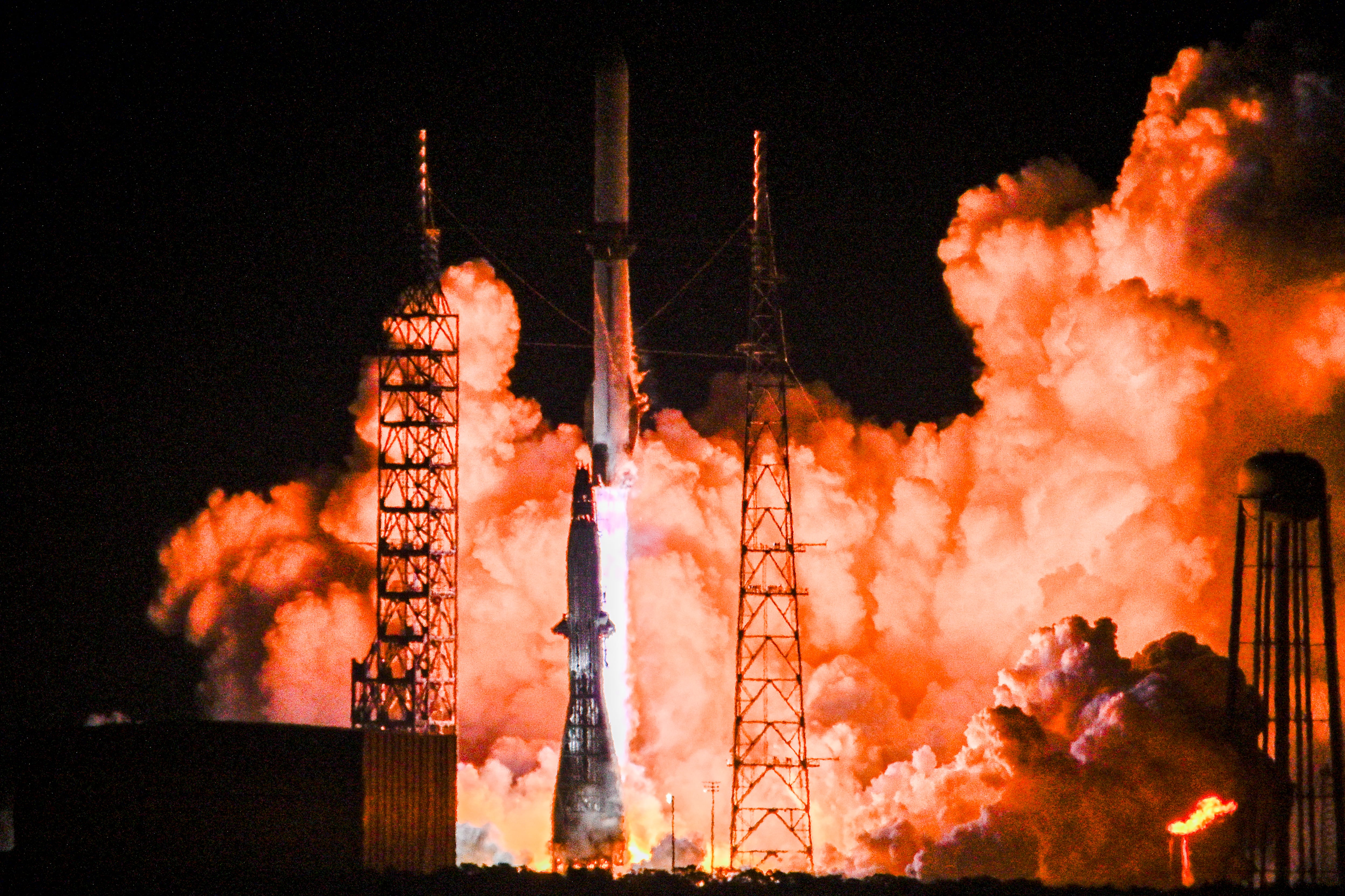While the government is accused of being bloated and bureaucratic, the private and business sector is viewed by many as agile and adaptive.
With that perception in mind, the National Geospatial-Intelligence Agency sought to replicate these business practices to help get at difficult technology problems.
Last summer, as part of NGA’s Enterprise Innovation Office, the agency created a digital attack team (DAT), Director Robert Cardillo told an audience at the Defense Intelligence Agency’s DoDIIS Worldwide Conference 2017 in St. Louis August 14.
The team’s mission is to best determine how to use management methodologies in the commercial sector to drive innovation, Cardillo said, adding they are tackling some of tech’s biggest ideas around machine learning, artificial intelligence and data analytics.
They adopted design thinking to transform the source of resistance into transformative ideas and looked at how AI could provide value to the agency.
After the DAT collected over 400 data points from interviews across NGA and its customers, they evaluated where they could have the most impact and determine a critical nexus to fuse human curation with machine learning to improve how NGA delivers its products and services to our customer, Cardillo said.
Now, the team has a new curation tool called Conduit. While only in the test phase, Conduit has already reduced the workflow to create a briefing book for national security decision makers from 18 hours to one hour, he said, adding it is being used with their team at the Pentagon today.
Conduit efficiently identifies relevant and effective reporting for customers by enhancing discoverability and helping with curation and distribution.
Conduit currently resides in the classified environment but, Cardillo said, it is being developed on the unclassified network in conjunction with GEOINT Services, an initiative that will synchronize the delivery of capabilities within operational mission contexts.
Mark Pomerleau is a reporter for C4ISRNET, covering information warfare and cyberspace.








